Free consultation with ASO specialists
Doing ASO for the first time or have no idea how to carry out targeted optimization of your app?
We offer one-on-one customized services provided by app marketing specialists
ASO Target Positioning Strategy: A Practical Guide to Capture the First Batch of Precise Users for a New App
2025-08-07
Meta Description
Want to quickly get the first batch of accurate users for your new app? Mastering ASO targeting strategy is key. This article analyzes practical techniques such as keyword optimization and user profile analysis, helping you improve app exposure and downloads.
For a newly launched app, the most urgent need is to find the first batch of accurate users. These users can not only bring initial downloads, but may also become early product promoters. Among the many methods for acquiring the first batch of users, ASO (App Store Optimization), with its low cost and high accuracy, has become an indispensable core strategy. This article will delve into how scientific ASO target positioning can help new apps efficiently reach the first batch of accurate users.
The core of ASO target positioning: First, clearly define "who your users are"
Before starting ASO, many teams tend to fall into the trap of "blindly optimizing keywords", ignoring the most basic step - clearly defining the target user profile. The essence of ASO is "letting the right users find you in the app store". If you don't even know who the "right users" are, subsequent optimization actions will only be half as effective.
-
Reverse engineer user needs from product core value
The first users of a new app are often a group with strong demand for the core functions of the product. For example, an app that focuses on "memorizing words in fragmented time" has its core value as "efficiently memorizing in fragmented time". The corresponding user needs may be "college students preparing for CET-4 and CET-6" or "office workers who need to improve their English at work". By sorting out the core functions of the product, the pain points it solves, and the unique value it provides, we can initially define the scope of target users.
-
Use the "User Stratification Method" to lock in the first batch of seed users
The first batch of users do not need "many and complete", but "precise and accurate". You can use the "user stratification method" to divide potential users into three categories:
-
Core seed users: Have extreme demands on the product's field, willing to try new tools, and even can tolerate the imperfection of the initial product (for example, KOL in a certain vertical field, deep enthusiasts);
-
Secondary core users: have clear needs, but require higher product experience, and are the main force of subsequent scale operation;
-
Potential users: The demand is not urgent, they may be attracted by marketing activities, but the conversion cost is high.
For a brand-new app, the primary goal of ASO should focus on core seed users. Their downloads and usage can not only bring initial data but also help product iteration through feedback, laying the foundation for attracting secondary core users later.
ASO keyword strategy: Let the right users "find it"
Keywords are the core elements of ASO, directly determining the exposure opportunities of apps in app stores. For new apps, the keyword strategy is "precision first, gradual expansion", avoiding the problem of inaccurate traffic caused by blindly stacking popular words.
-
Main keyword selection: High Relevance + Medium to Low Competition
The main keywords need to meet two conditions: "highly relevant to the product" and "certain search volume but low competition". You can filter them through the following steps:
-
Step 1: List the core vocabulary
List 50-100 relevant keywords from three dimensions: product features (such as "backing up words" and "fitness plans"), user needs (such as "fast weight loss" and "efficient office work"), and usage scenarios (such as "commuting listening to music" and "reading before bedtime").
-
Step 2: Analyze competition with the help of tools
Use tools such as UPUP to view the popularity of keywords. For a new app, select keywords with "medium popularity and low competition" first, as these words are easier to rank in the short term.
-
Step 3: Refer to the keyword layout of competing products
Analyze the keyword settings of 5-10 core competitors (direct competitors + top APPs in the same category) within the same field, use the tool UPUP to capture the key keywords of the competitor's title & subtitle, merge all words, deduplicate, and form an initial "keyword pool".
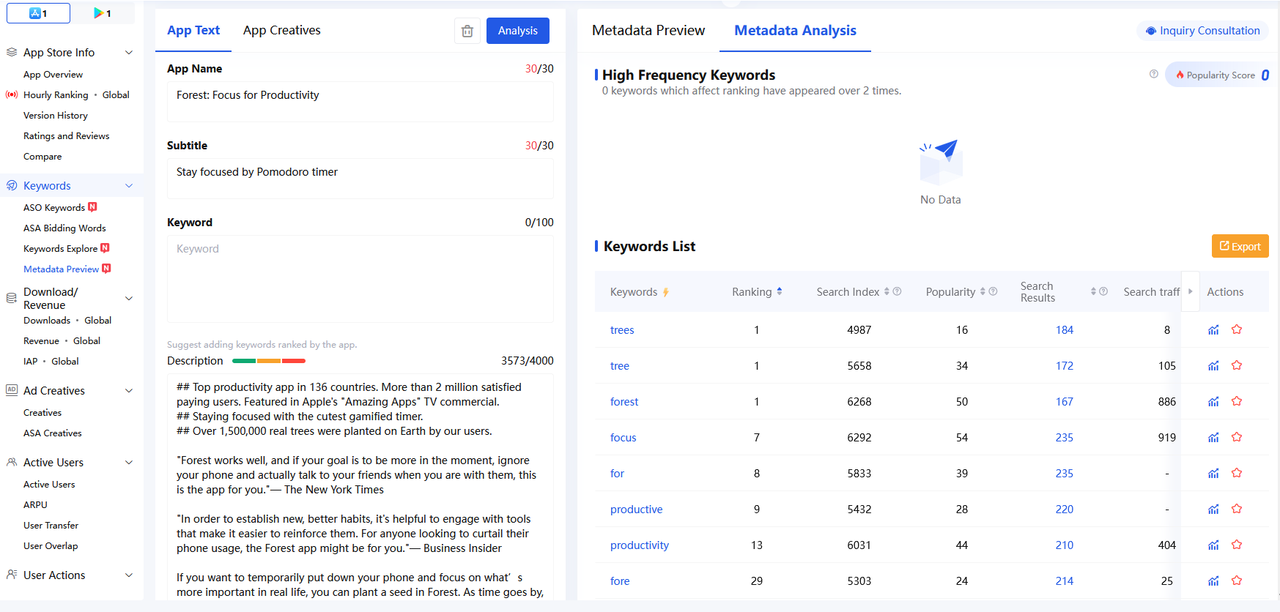
-
Supplement of secondary keywords: covering scenario-based needs
Secondary keywords are used to supplement the scenario-based needs that core keywords do not cover, usually related to usage scenarios and user groups. For example, for "accounting APP", secondary keywords can be "card game accounting" and "company accounting software", helping users find your App when searching for scenario-based needs.
-
Natural keyword placement: Title, Subtitle and Description Optimization
After determining the keywords, you need to naturally embed them into the title, subtitle and description of the app (iOS description does not affect search rankings, Google description affects search rankings). The title should contain 1-2 core keywords, the subtitle supplements the core words or important long-tail keywords, and it should read naturally and smoothly; the description needs to revolve around keywords, clearly explaining the product value, while avoiding keyword stuffing (which may be judged as cheating by the app store).
👉The accuracy of keyword layout directly affects the visibility of the APP, but manual layout of keywords and balancing character limits is often time-consuming and difficult to achieve ideal results. If you need professional support in title optimization and keyword screening, please contactAppFast Customer Service, Our ASO team can provide free keyword layout and metadata deep optimization services to help you efficiently plant "seed keywords" and make the store algorithm easier to identify core functions.
Metadata Optimization: Improve the Conversion Rate of "Want to Download upon Seeing"
After users find your app through keywords, the key to deciding whether to download it lies in metadata (including icons, screenshots, videos, descriptions, etc.). For a new app, metadata needs to accurately convey the core value of the product and quickly impress target users.
-
Icon: Using Visual Language to Hit User Needs
IconIt is the first impression of the App for users, and it needs to quickly catch attention among many competitors. When designing, you need to pay attention to:
-
Consistent with product positioning (e.g. tool apps are concise and clear, social apps are lively and friendly);
-
Highlight the core function (for example, camera apps use lens elements, financial management apps use currency symbols);
-
Avoid complex elements to ensure clarity at small sizes.
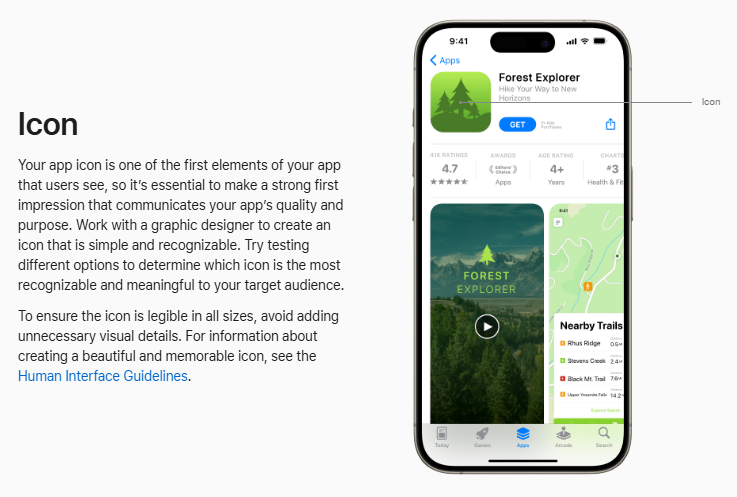
-
Screenshots and videos: "Scenario-based display" is more convincing than text
Screenshots and videos are the best carriers to show product features, especially for new apps to prove to users that "I can solve your problem". It is recommended to use a scenario-based presentation method of "pain point + solution":
-
The first screenshot hits the core pain point (for example, "Are you still worried about forgetting the pet vaccine time?");
-
The following screenshots show the solution (for example, "One-click vaccine reminder, automatically pushed upon expiration");
-
Videos can demonstrate the complete usage process in 15-30 seconds, which will strengthen users' trust.
-
Description: The first 3 lines determine 80% of the conversion rate
The description in the app store usually only shows the first 3 lines (about 100 words), and whether users continue reading depends on this part of the content. Therefore, the beginning of the description needs to directly answer three questions:
-
Who are you (product name)?
-
What problem does it solve (user pain points)?
-
What are your unique advantages (why choose you)?
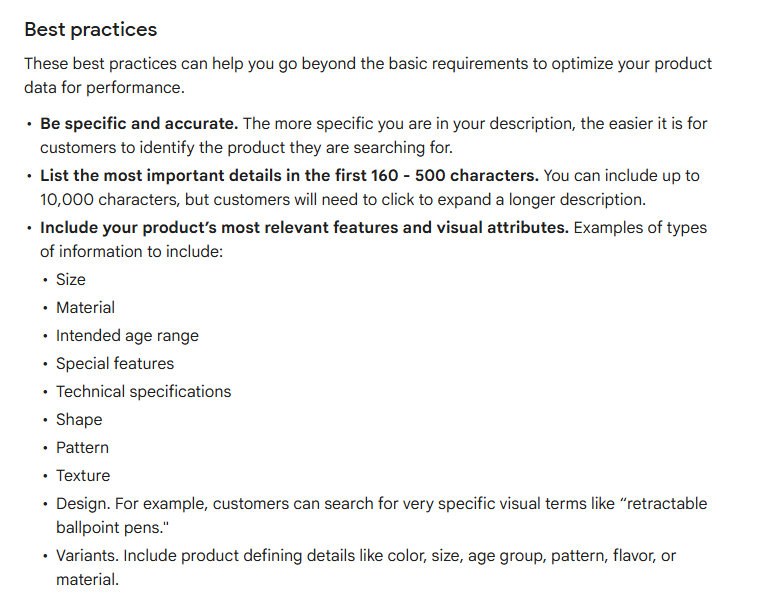
Combine with external traffic acquisition: accelerate the accumulation of the first batch of users
For a brand-new app, relying solely on ASO may take a long time to gain sufficient exposure. At this point, combining ASO with external traffic attraction can quickly bring in the first batch of precise users for the app, while also feeding back into the ASO effect (an increase in downloads will lead to an increase in keyword rankings).
-
Vertical community traffic: Reach the core users precisely
Core seed users often gather in vertical communities (such as Quora columns, Facebook groups, Discord channels, etc.). For example, an app that focuses on "English for the workplace" can naturally embed the app by sharing useful content (such as "3 tips for learning English in small pieces") in communities such as "English learning" and "career advancement", guiding users to search and download.
-
Content Marketing: Attracting Users to Search Actively with Value
Through blog posts, short videos and other content formats, output product-related useful content, and guide users to "search [keyword] to download the App and experience". For example, a fitness app can publish a video of "beginner home fitness plan", and at the end prompt "want to get the same plan template? Search [home fitness plan tool] in the app store to get it for free." The users brought by this way are not only highly accurate, but also have a certain awareness of the product, and the retention rate after downloading is also higher.
-
Choose to work with a reliable ASO provider
From the perspective of precise traffic, AppFast's Keyword Installation Service Excellent. It supports developers to flexibly formulate personalized plans, and accurately locate and optimize relevant keywords according to the core functions of the App and the target user group.
For example, for an App focused on children's painting, the professional team of AppFast accurately locates and optimizes relevant keywords, so that this App has a greater chance to stand out when users search for related content, and appears in front of target users, greatly increasing the probability of being found by precise users.
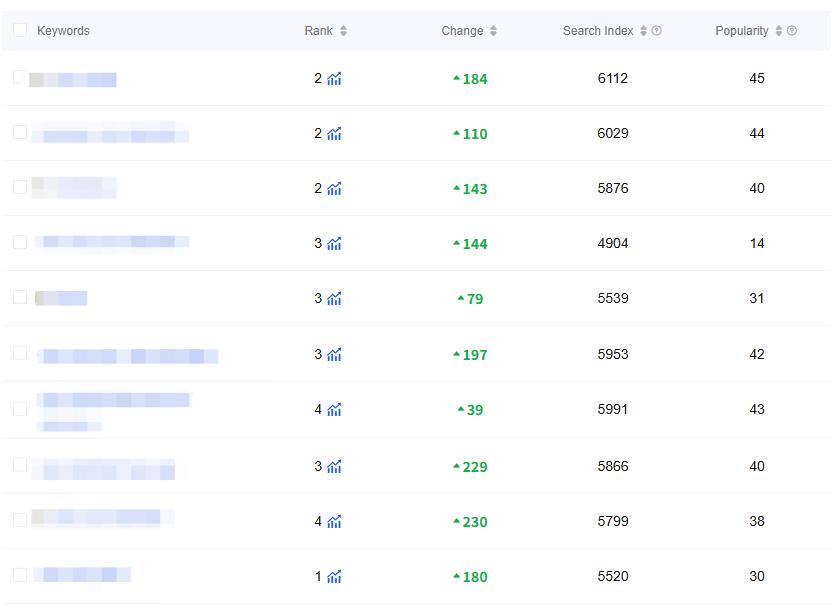
Data Monitoring and Iteration: Continuously Optimize ASO Effectiveness
ASO is not a one-time action, but a "monitoring - analysis - iteration" cycle process. For a brand-new App, especially through data feedback, continuously adjust the strategy to make the acquisition efficiency of the first batch of users higher and higher. For metadata such as icons, screenshots, titles, etc., A/B testing can be performed to select the version with better performance officially launched. This method can effectively avoid the pitfalls of "decision-making by feeling", making ASO optimization more scientific.
Call to action
If you are worried about the first users of your new App, you may start breaking through from ASO target positioning. We provide professional ASO full case services, including keyword coverage strategy formulation, metadata optimization, ranking improvement plan, etc., to help your App quickly stand out in the app store and accurately capture the first batch of core users. Click on the picture below [Consult Now], and you can get a free ASO diagnostic report, allowing your App to win at the starting line.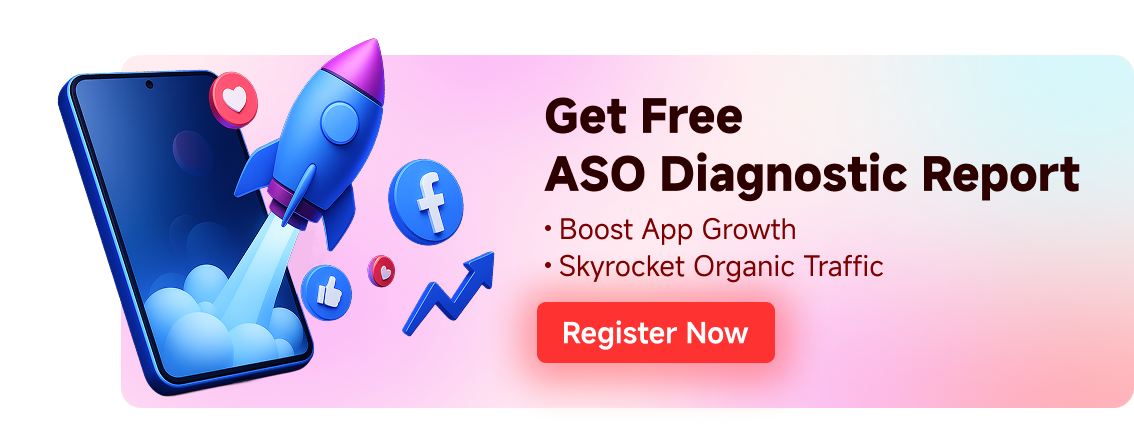

Related recommendations
